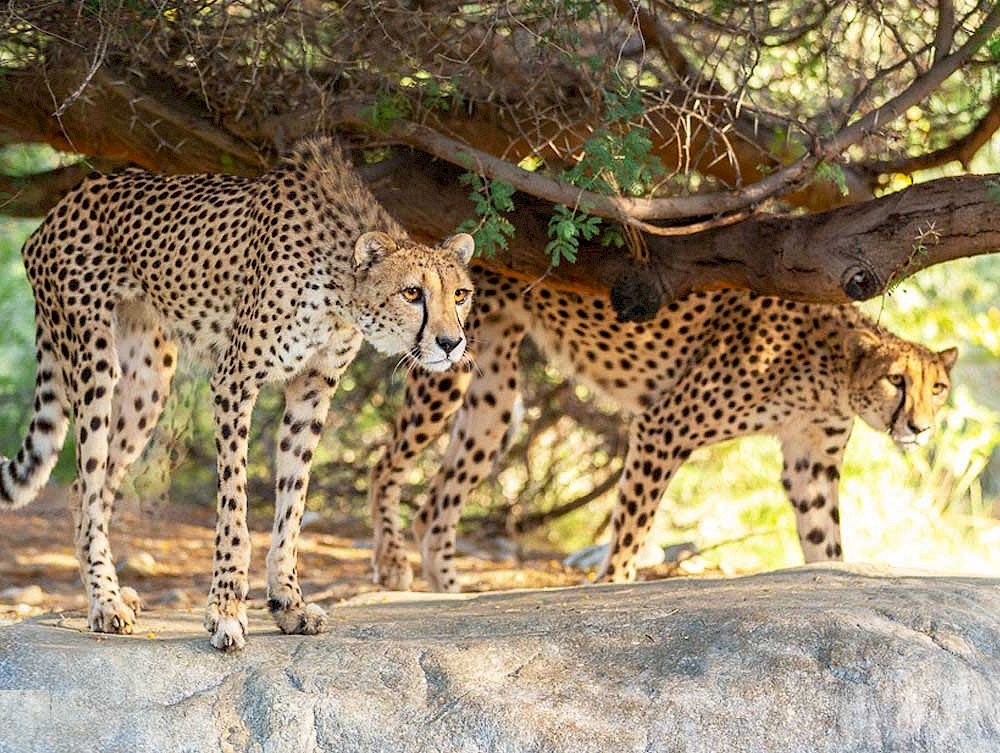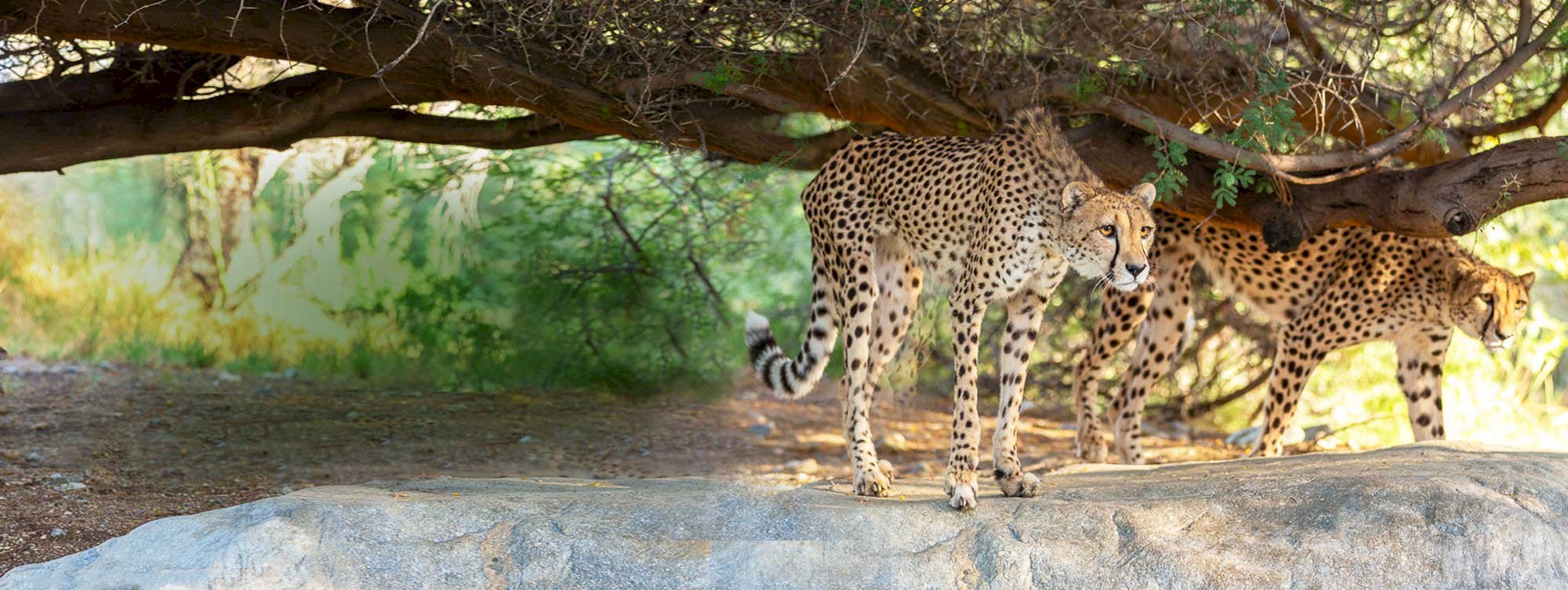Conservation in The Western Ghats – a Globally Important Biodiversity Hotspot
May 21, 2018
Finally, my flu seems to be clearing, and just in time. I will need a clear head, as we will start grappling in earnest with helping to build scientific and theoretical capacity among young conservationists in India! Whew! I thought that I would be incapacitated by this stupid illness, but it does not seem likely to hinder my effectiveness here. If it does, it will only slightly.
I have relocated to a small town in Ratnagiri District on the ocean side of the Northern Western Ghats a few days ago. The almost 6 hour drive here from Pune was unending, but our driver was about the only sane person on the road, it seemed. He would gently take the sharp turns along the windy mountain roads lined with small blocks of cement to keep us from plunging thousands of feet into crevasses. Unlike nearly every other driving experience I have had here, Mr. Sagar kindly did not yank us from side to side. It was the most peaceful of the several trips I have taken here.
The Western Ghats over which we just traveled, line the western edge of the subcontinent. These are often called a mountain chain, but they are not mountains. Instead they came about after India broke away from Madagascar and started crashing northward into the Asian Plate. The western side of the subcontinent twisted as the plate turned clockwise, driving the westward edge of the Deccan Plateau upward and forming the Western Ghats. As such, this globally prominent biodiversity hotspot is actually housed on an escarpment, not a mountain chain.
Nevertheless, the Western Ghats do at least function like a coastal mountain chain. What will become the monsoonal rains, first come from the west across the Arabian Sea in the Indian Ocean and slam into the steep Western Ghats. The winds are quickly are blown upward in elevation. As they do so, they rise greatly in elevation, rapidly cool, and then dump all their rain on the western side of the Western Ghats. The other side then is in a rain shadow and the eastward moving clouds pick up the moisture from the arid Deccan Plateau, rather than dropping it, like a normal, generous cloud.
During the nearly four months of the monsoon season, nearly all the annual rainfall in the Western Ghats falls and then drains to water about 40% of the country. The upper reaches of the seaward sides of the Western Ghats can get as much as 5 to 6 METERS of rain a year, or as much as 18 feet of water on every point of land in that area. Imagine all of it as a tidal wave coming to shore, two building stories high!
The prodigious water, of course, has been what has led to the riot of plant and thus animal life in the Western Ghats. Unfortunately, it is also what has attracted people, and the manifold ways that we degrade nature. These two factors – exceptionally high biodiversity including many species that are found only there, and great human environmental impact – have made the Western Ghats among the hottest of the hotspots. Only about 10% of it remains, the rest having been converted into agricultural fields, megacities like Mumbai, and everything in between.
The next few days, I will be working with the six insightful lead field research staff from AERF in developing the kind of inferential science that we have identified is needed. Fortunately, we will also do so in this stunning biodiversity hotspot of the Western Ghats into which I have just arrived.
Flu be damned! We are doing it!
Disclaimer: This blog hosted by The Living Desert Zoo and Gardens is not an official U.S. Department of State site. The views expressed on this site are entirely those of its author and do not represent the views of the U.S. Department of State or any of its partner organizations.









